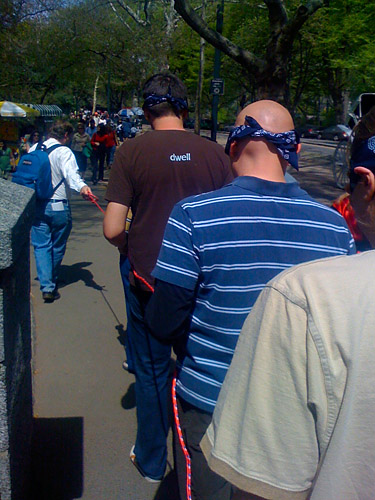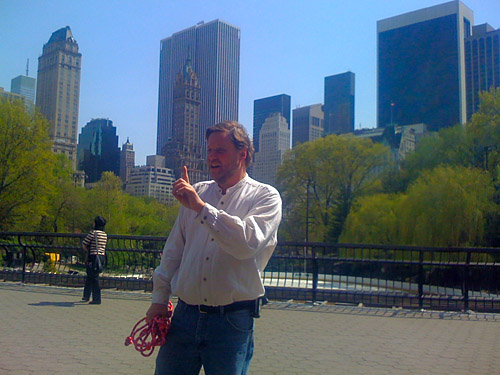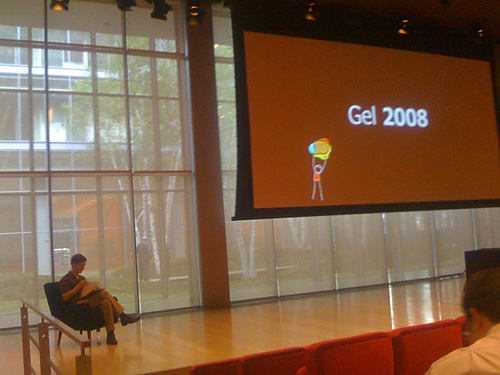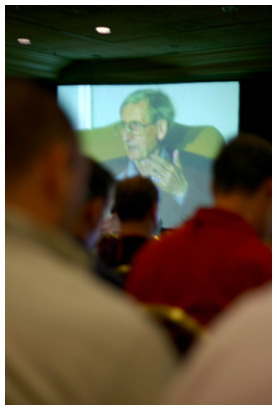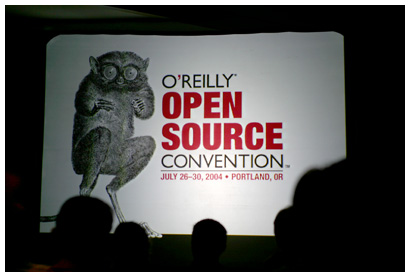XOXO: The Web Strikes Back
I was drawn to the Web early and I was able to contribute to some early tools for publishing online. I was part of a group of people in the late 90's who identified themselves as "from the Web" or "Web natives". We were building tools that took advantage of the new medium while questioning some of the old metaphors and ways of doing things. There were some common values like openness and sharing ideas. It wasn't all free (as in beer) information and hacky sacks, but it felt like we were making something different from the status quo.
Over the years, and with millions more online, my identity as a Web Native has faded. We're all a part of the Web now. But I often feel like an outsider in my own country. The personal Web feels a lot less personal these days (get off my lawn Facebook!) and the money horserace of startup culture isn't very exciting to me. So I often find myself looking around the modern Web thinking, "Is this what I helped build?"
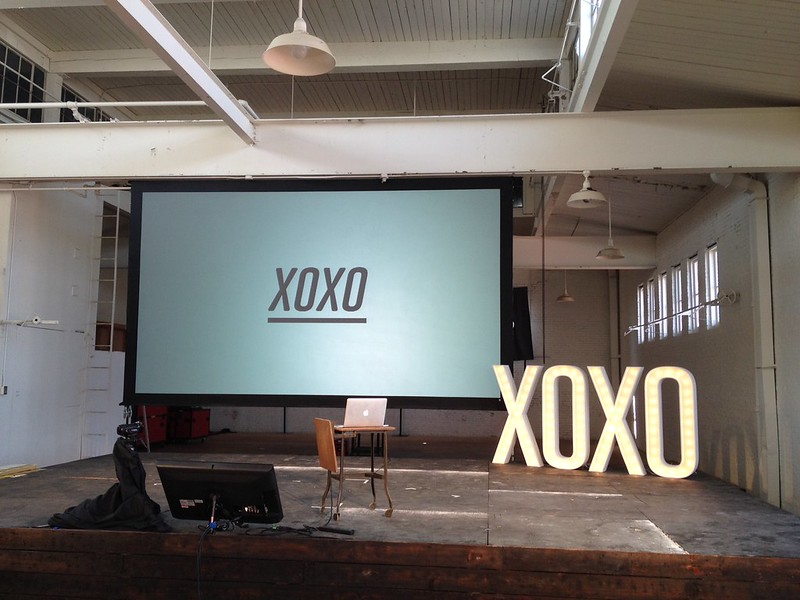
Luckily the more personal Web is still out there. It just doesn't have its own press. Last weekend, Andy gave that community a voice. The XOXO Conference brought together people who have gone around normal systems to find an audience for their work. The message, 'get out there and make things' from successful outsiders is inspiring, and they feel more like the direct descendants of those early Web days which I'm very happy to see.
I thought the talks themselves touched on three main topics for creators: lifestyle, infrastructure, and problems to fix. Basically, people talked about the way they work, tools that help them, and problems that keep them from working as well as that could.
I'll just share a few quotes (well, paraphrases) that I jotted down in my notebook. First, life/work:
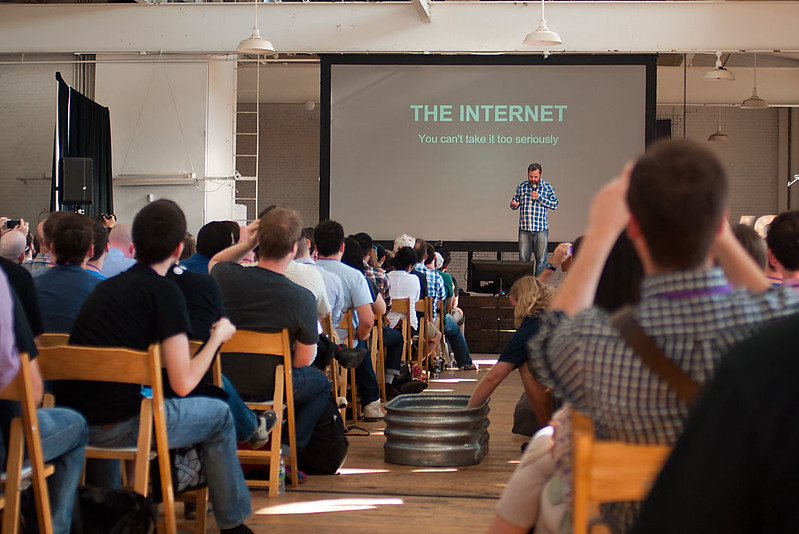
Kickstarter and Etsy were the two most frequently mentioned pieces of infrastructure. (Those two are helping put over $1 billion into the economy this year.) I was also surprised to hear R. Stevens thank Apple, Amazon, and Paypal for figuring out micropayments. People are used to spending $4 here and $10 there for things online.
Newer pieces of infrastructure like VHX and CASH Music are working on solving problems for artists. Maggie Vail and Jesse Von Doom from CASH Music described those problems and why they're working on tools to help. Jesse mentioned that current systems exist for mass audiences. Some art is not going to be mainstream, but that doesn't mean it shouldn't exist. He also mentioned that disruption is easy; fixing things is hard. For them, disruption is about more than just tearing down what we already have.
Another problem that came up frequently is copying. The speakers seemed to think that was part of the cost of doing business. I liked the way Bre Pettis put it best: "How can we share in a way that encourages innovation over direct copying?" The underlying assumption there is that sharing is good. I'm encouraged that there wasn't more talk about how to clamp down and protect your intellectual property.
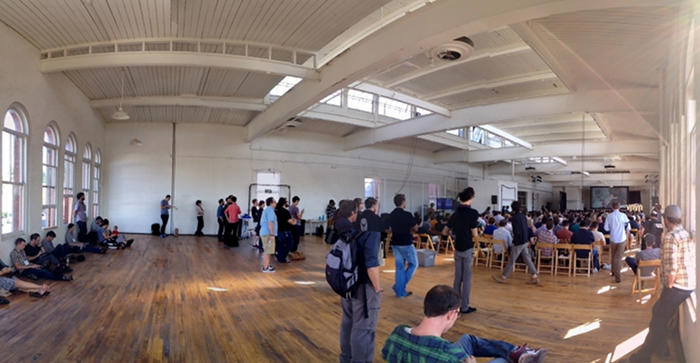
Beyond the substance of the talks, XOXO was fun personally. I got to catch up with friends in an inspiring atmosphere. Well done, Andy and Andy. You made me proud of the Web again.
Over the years, and with millions more online, my identity as a Web Native has faded. We're all a part of the Web now. But I often feel like an outsider in my own country. The personal Web feels a lot less personal these days (get off my lawn Facebook!) and the money horserace of startup culture isn't very exciting to me. So I often find myself looking around the modern Web thinking, "Is this what I helped build?"

Luckily the more personal Web is still out there. It just doesn't have its own press. Last weekend, Andy gave that community a voice. The XOXO Conference brought together people who have gone around normal systems to find an audience for their work. The message, 'get out there and make things' from successful outsiders is inspiring, and they feel more like the direct descendants of those early Web days which I'm very happy to see.
I thought the talks themselves touched on three main topics for creators: lifestyle, infrastructure, and problems to fix. Basically, people talked about the way they work, tools that help them, and problems that keep them from working as well as that could.
I'll just share a few quotes (well, paraphrases) that I jotted down in my notebook. First, life/work:
Work at something you're passionate about because if you're successful you're going to have to do it all the time. — Dan Provost & Tom Gerhardt (Studio Neat)Emily Winfield Martin gave a great talk about working toward her dream of writing a children's book. Some of her thoughts:
- Do small things and put them out there.
- Audience is the alchemy that makes things happen.
- Misfits can make a place for themselves.

Kickstarter and Etsy were the two most frequently mentioned pieces of infrastructure. (Those two are helping put over $1 billion into the economy this year.) I was also surprised to hear R. Stevens thank Apple, Amazon, and Paypal for figuring out micropayments. People are used to spending $4 here and $10 there for things online.
Newer pieces of infrastructure like VHX and CASH Music are working on solving problems for artists. Maggie Vail and Jesse Von Doom from CASH Music described those problems and why they're working on tools to help. Jesse mentioned that current systems exist for mass audiences. Some art is not going to be mainstream, but that doesn't mean it shouldn't exist. He also mentioned that disruption is easy; fixing things is hard. For them, disruption is about more than just tearing down what we already have.
Another problem that came up frequently is copying. The speakers seemed to think that was part of the cost of doing business. I liked the way Bre Pettis put it best: "How can we share in a way that encourages innovation over direct copying?" The underlying assumption there is that sharing is good. I'm encouraged that there wasn't more talk about how to clamp down and protect your intellectual property.

Beyond the substance of the talks, XOXO was fun personally. I got to catch up with friends in an inspiring atmosphere. Well done, Andy and Andy. You made me proud of the Web again.
